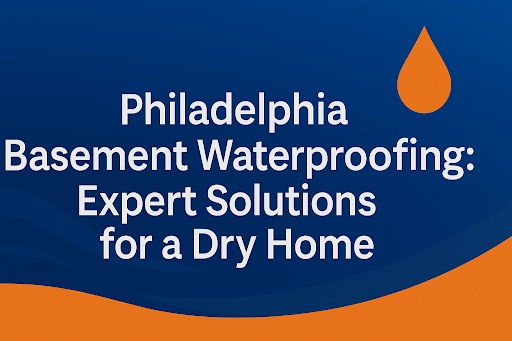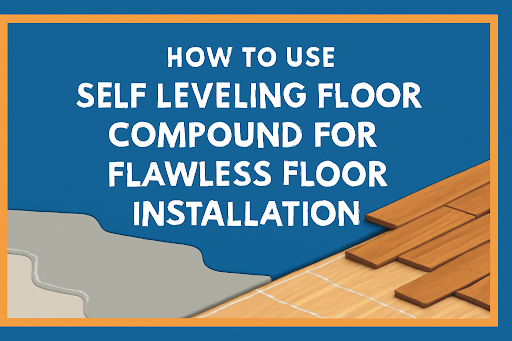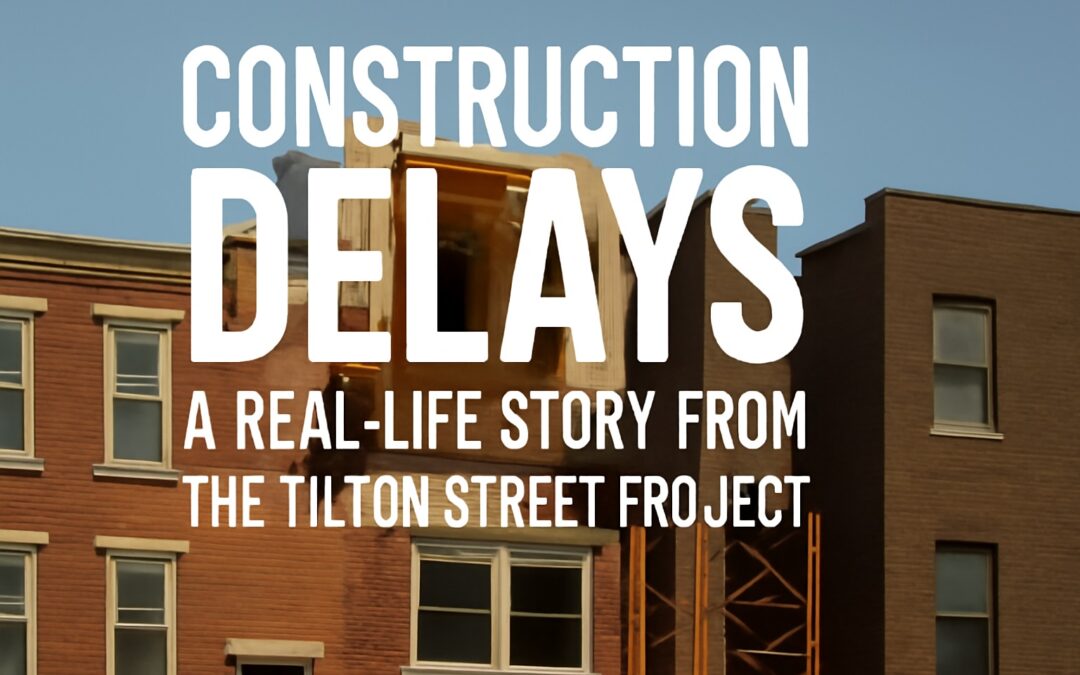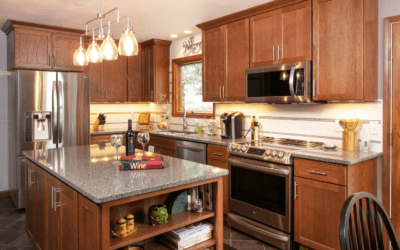If you’re looking for a way to finance your home improvement project, a conventional renovation loan is a great option to consider. These loans allow homeowners and buyers to borrow money for both the purchase (or refinance) and renovation of a home with a single loan. Just like FHA 203(k) loans, conventional renovation loans provide a streamlined way to finance home improvements, with different advantages depending on your needs. In this guide, we’ll break down how these loans work, the types available, and how they compare to other renovation financing options. Let’s get started!
What Are Conventional Loans?
A conventional loan is a mortgage that isn’t backed by the federal government, unlike FHA, VA, or USDA loans. Instead, it follows guidelines set by Fannie Mae and Freddie Mac and private lenders such as banks, credit unions, and mortgage companies issue them. Conventional loans offer competitive interest rates and flexible terms, making them a viable choice for many borrowers.
When it comes to home renovations, conventional loans provide special options that allow borrowers to roll the cost of repairs into their mortgage. This makes them a convenient choice for homeowners looking to upgrade a property without taking out a separate loan.
Conventional Renovation Loans
Two primary conventional renovation loans exist for borrowers who need funding for home improvements: the Fannie Mae HomeStyle Loan and the Freddie Mac CHOICERenovation Loan.
-
Fannie Mae HomeStyle Loan
This loan is a popular option for financing home renovations. This loan allows borrowers to purchase or refinance a home while including renovation costs in a single mortgage. It can be used for primary residences, second homes, and even investment properties.
Key Features of the HomeStyle Loan:
- It allows borrowers to finance nearly any renovation project, including luxury upgrades.
- It requires a minimum credit score of 620.
- Down payments start as low as 3% for first-time homebuyers and 5% for others.
- The loan amount is based on the after-renovation value of the home.
- The work must be completed within 15 months after closing. However some lenders may impose shorter completion timelines.
- It can be used for structural and non-structural improvements, such as kitchen remodels, roofing, landscaping, and even swimming pools.
For detailed information about HomeStyle loans and a comparison between a 203(k) loan and a HomeStyle loan refer to this article: HomeStyle Vs. 203(k) loan [2025 Update]
-
Freddie Mac CHOICERenovation Loan
The Freddie Mac CHOICERenovation Loan is another excellent option for financing home improvements. Similar to the HomeStyle loan, this program allows borrowers to buy or refinance a home and roll renovation costs into a single mortgage.
Key Features of the CHOICERenovation Loan:
- Available for primary residences, second homes, and investment properties.
- A minimum credit score of 620.
- Down payments start at 3% for first-time homebuyers and 5% for others.
- The loan is based on the post-renovation value of the home.
- It can be used for structural and non-structural renovations, including disaster preparedness improvements.
- The work must be completed within 15 months after closing. However, some lenders may impose shorter completion timelines.
Both of these loans provide flexibility and affordability for homebuyers and current homeowners who want to renovate their properties without dealing with multiple loans or high-interest personal loans.
Conventional vs. FHA Renovation Loans
While conventional renovation loans are a great option, many borrowers also consider the FHA 203(k) loan, another popular renovation financing option. Both FHA and conventional renovation loans have their unique benefits, and the best choice depends on the borrower’s specific situation and project needs.
Table 1: Comparison of FHA 203(k) Loans and Conventional Loans
|
|
FHA 203(k) Loans |
Conventional Loans |
||
|
Standard |
Limited |
Fannie Mae HomeStyle Loan |
Freddie Mac CHOICERenovation Loan |
|
|
Credit Score |
500 Minimum |
500 Minimum |
620 Minimum |
620 Minimum |
|
Down Payment |
3.5% Minimum |
3.5 Minimum |
3% Minimum |
3% Minimum |
|
Debt-to-Income Ratio |
Up to 57% |
Up to 57% |
Typically Up to 45% |
Typically Up to 45% |
|
Mortgage Insurance Premium |
Required for the life of the loan |
Required for the life of the loan |
Less than 20% down payment requires MIP; cancelable at 20% equity |
Less than 20% down payment requires MIP; cancelable at 20% equity |
|
Maximum Loan Amount |
Up to 110% of the after-repair value or FHA loan limits, whichever is lesser |
$75,000 |
Up to 75% of the after-repair value (must not exceed conforming loan limits) |
Up to 75% of the after-repair value |
|
Eligible Properties |
Only Primary Residence |
Only Primary Residence |
Primary, second homes, investment properties
|
Primary, second homes, investment properties |
|
Renovation Types |
Structural and non-structural; no luxury items |
Non-structural; no luxury items; |
Structural and non-structural, including luxury items, no tear-downs |
Structural and non-structural, including luxury items, no tear-downs |
|
Renovation Timeline |
12 months |
9 months |
15 months |
15 months |
|
HUD Consultant Required |
Yes |
No |
Depends on the Lender |
Depends on the Lender |
Note:
If you want to find the FHA and Conforming loan limits in your area, use this link.
What Are Other Renovation Loans?
Besides conventional and FHA 203(k) loans, there are other financing options available for home renovations, particularly for eligible military members and rural homeowners.
1. VA Renovation Loans
A VA renovation loan is available to eligible veterans, active-duty service members, and surviving spouses. This loan is backed by the U.S. Department of Veterans Affairs and allows borrowers to finance the purchase and renovation of a home with no down payment.
Key Features:
- Only available for VA-eligible borrowers.
- No down payment is required.
- No private mortgage insurance (PMI).
- It can only be used for non-structural repairs and improvements.
- Renovations must be completed by a VA-approved contractor.
2. USDA Renovation Loans
The USDA renovation loan is designed for homeowners in rural areas who want to repair or update their homes. This loan is backed by the U.S. Department of Agriculture and can be used to purchase and renovate a home with a single mortgage.
Key Features:
- Available to borrowers in eligible rural areas.
- No down payment is required.
- Credit score requirements vary by lender.
- It can be used for structural and non-structural improvements.
Conclusion
A conventional renovation loan is a valuable financing option for homeowners and homebuyers looking to combine their mortgage and renovation costs into a single, manageable loan. With options like the Fannie Mae HomeStyle Loan and Freddie Mac CHOICERenovation Loan, borrowers can finance a wide range of home improvements, including structural repairs and luxury upgrades.
However, conventional renovation loans are not the only choice—FHA 203(k) loans are also excellent financing solutions. Depending on the borrower’s credit score, down payment capabilities, and property type, either loan can be a good fit.
If you’re considering a home renovation, working with a 203(k) certified contractor like us can help you navigate the process and make the most of your financing options. Whether you choose a conventional renovation loan or an FHA 203(k) loan, we’re here to help you bring your vision to life. Contact us today to discuss your renovation project!



![Top 20 Reasons for Failing a Plumbing Inspection in Philadelphia [2025 Guide]](https://matrixgc.com/wp-content/uploads/2025/05/Common-issues-causing-failing-a-plumbing-inspection-in-Philadelphia.png)




0 Comments